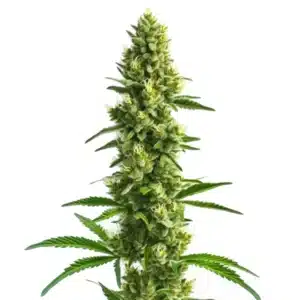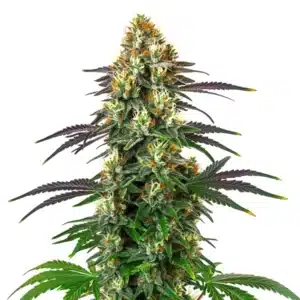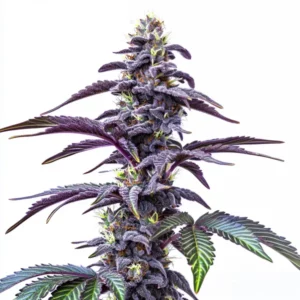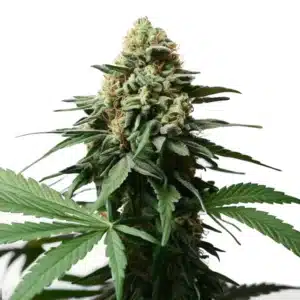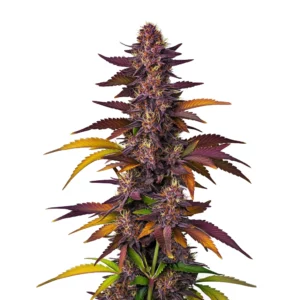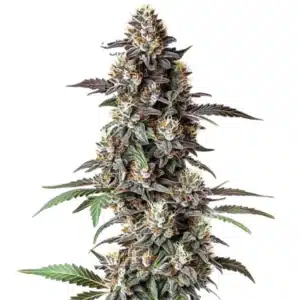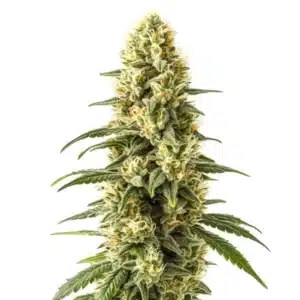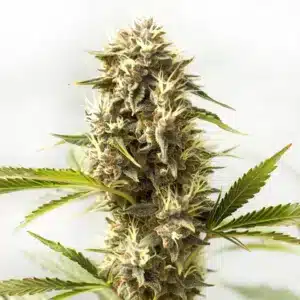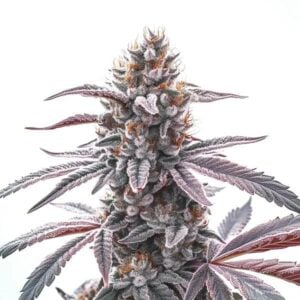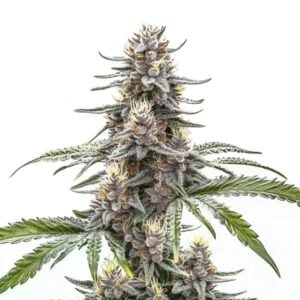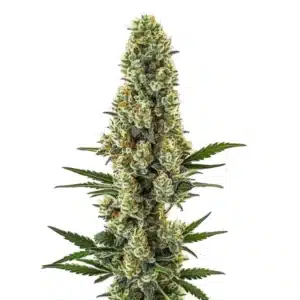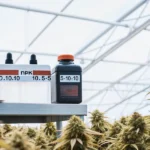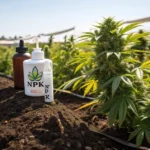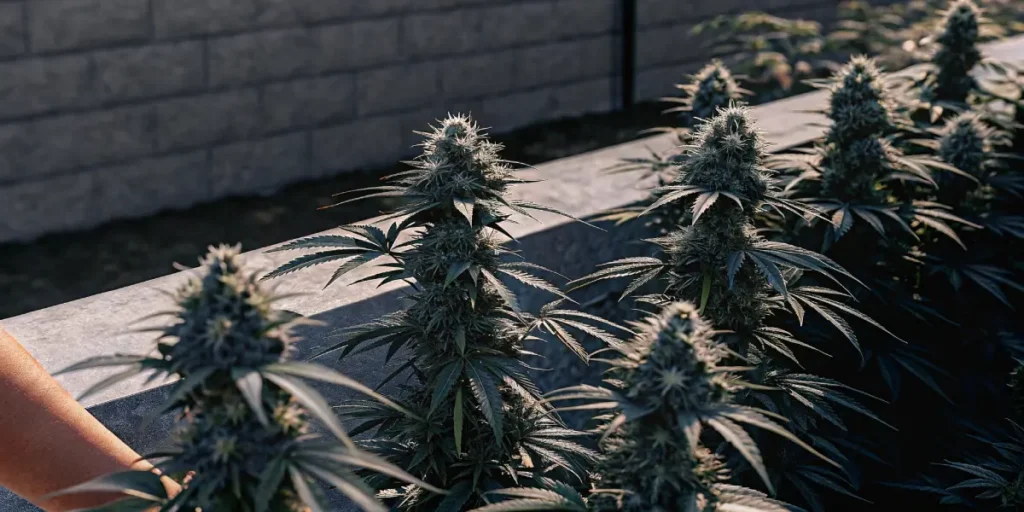
Best Fertilizer for Outdoor Grow Bloom
Fertilizers for Outdoor Bloom Phase
Why Fertilizers Are Crucial for the Bloom Phase
Best Fertilizer for Outdoor Grow Bloom play a vital function during the bloom phase of cannabis cultivation by supplying essential nutrients that support flower development. The bloom stage demands high levels of phosphorus and potassium, which contribute to dense, resinous buds and improved yields.
Without proper fertilization, plants may fail to reach their full potential. The best fertilizer for outdoor grow bloom ensures your plants receive all the necessary nutrients to thrive and produce premium-quality flowers.
Recommended Strains
Kosher Kush
|
|
THC | 18% - 22% (Medium) |
|
|
Type | Feminized |
|
|
Yield | Medium |
|
|
Phenotype | 70% Indica / 30% Sativa |
Gelato x Kosher Kush
|
|
THC | 22% - 24% (Medium) |
|
|
Type | Feminized |
|
|
Yield | Medium |
|
|
Phenotype | 65% Indica / 35% Sativa |
Key Nutrients Needed During Bloom
During the bloom phase, phosphorus and potassium are the stars. Phosphorus supports root development and flower formation, while potassium enhances overall plant health, improving resistance to diseases and boosting the production of terpenes and cannabinoids.
Other essential nutrients include calcium and magnesium, which aid in cell wall strength and chlorophyll production. A balanced fertilizer specifically formulated for flowering ensures these nutrients are available in optimal amounts.
Promos & Deals
Types of Fertilizers for Outdoor Growing
Organic vs. Synthetic Fertilizers
Organic fertilizers, derived from natural sources like compost or bat guano, provide slow-release nutrients and improve soil health. They’re ideal for eco-conscious growers who value sustainability. However, they may take longer to show results.
Synthetic fertilizers, on the other hand, deliver nutrients immediately, making them perfect for growers seeking quick results. The best fertilizer for outdoor grow bloom often depends on balancing immediate plant needs with long-term soil health.
Liquid Fertilizers for Quick Absorption
Liquid fertilizers are highly effective during the bloom phase as they’re quickly absorbed by the plant’s roots. These fertilizers can also be applied as foliar sprays, ensuring nutrients are directly available to flowers and leaves. Their versatility and ease of use make liquid fertilizers a favorite among outdoor growers. They’re especially helpful for correcting nutrient deficiencies quickly.
Slow-Release Granular Fertilizers
Slow-release granular fertilizers provide a steady supply of nutrients over time. These are particularly beneficial for growers who can’t tend to their plants daily. Granular fertilizers are mixed into the soil and gradually release nutrients as they break down.
For the bloom phase, granular fertilizers rich in phosphorus and potassium ensure consistent feeding throughout the flowering period. This makes them an excellent choice for outdoor environments.
Top Fertilizer Recommendations for Bloom Phase
High-Phosphorus Fertilizers for Bigger Buds
High-phosphorus fertilizers are essential for stimulating flower growth and enhancing bud density. These fertilizers provide the necessary support for plants to develop large, healthy flowers. By ensuring the plant’s energy is directed toward flowering, growers can achieve dense, resinous buds that stand out in quality.
When selecting the best fertilizer for outdoor grow bloom, look for products labeled as “bloom boosters” or “high-phosphorus,” as these are designed specifically for this stage. High-phosphorus products also promote root strength, ensuring a solid foundation for the plant.
Fertilizers with Potassium Boost for Stronger Flowers
Potassium is crucial for flower quality and plant resilience. Fertilizers with a potassium boost improve flower strength, enhance terpene production, and prepare plants to resist environmental stressors like pests or extreme weather. Potassium also supports overall plant metabolism, ensuring healthy growth throughout the bloom phase.
Using potassium-rich fertilizers ensures your plants produce aromatic, flavorful buds that stand out in quality and potency. These fertilizers also contribute to the structural integrity of the plant, helping it bear the weight of heavy buds.
Best All-in-One Bloom Fertilizers for Outdoor Grows
All-in-one bloom fertilizers simplify the feeding process by providing a balanced mix of nutrients. These products often include secondary nutrients like magnesium and calcium, ensuring comprehensive nutrition. Their convenience and efficiency make them a favorite among growers managing multiple plants.
These fertilizers are ideal for growers who want a straightforward solution without juggling multiple nutrient products during the bloom phase. They are particularly effective in preventing nutrient deficiencies, ensuring the plant receives everything it needs for optimal flowering.
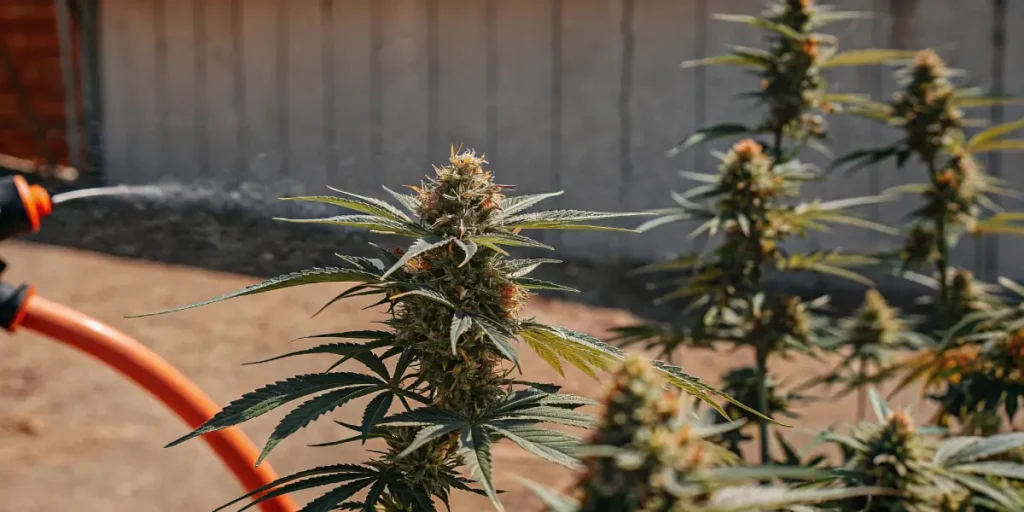
Factors to Consider When Choosing Fertilizers
Soil Type and Fertilizer Compatibility
Knowing your soil type is critical when choosing fertilizers. Sandy soils may require fertilizers with more organic matter, while clay soils benefit from liquid or slow-release fertilizers. The best fertilizer for outdoor grow bloom should complement your soil’s characteristics to ensure effective nutrient delivery and absorption.
Weather and Environmental Impact
Outdoor growing exposes plants to variable weather conditions. High rainfall can leach nutrients from the soil, necessitating frequent fertilization. Dry conditions, on the other hand, may require fertilizers with a higher moisture retention capacity. Seasonal changes also impact nutrient needs, with plants requiring more phosphorus and potassium during warmer months.
Choose fertilizers that can adapt to your region’s climate, ensuring consistent plant health throughout the bloom phase. Using slow-release fertilizers can mitigate the effects of unpredictable weather.
Nutrient Deficiencies and Corrections
Identifying and correcting nutrient deficiencies promptly is essential for successful blooming. Common signs include yellowing leaves (nitrogen deficiency) or purple stems (phosphorus deficiency). Using the best fertilizer for outdoor grow bloom ensures your plants receive the necessary nutrients to prevent and address deficiencies effectively.
Tips for Fertilizing During the Bloom Phase
How to Avoid Overfeeding Your Plants
Overfeeding can lead to nutrient burn, which stunts plant growth and affects bud quality. When using the best dry cannabis fertilizer, start with a low concentration and gradually increase as needed. Always follow the manufacturer’s recommendations for application rates and monitor plants for signs of excess nutrients, such as burnt leaf tips.
Flush the soil with plain water if you suspect overfeeding. This practice clears excess nutrients and resets the soil’s balance, ensuring plants continue to thrive. Regularly checking the runoff pH can also help maintain optimal nutrient uptake.
Timing and Frequency of Fertilizer Applications
Apply fertilizers every 1-2 weeks during the bloom phase to maintain consistent nutrient levels. Timing applications in the early morning or late evening minimizes nutrient loss through evaporation and ensures plants absorb nutrients efficiently.
Regular feeding schedules, paired with proper watering, ensure plants absorb nutrients efficiently, maximizing flower production. Adjust the frequency based on environmental factors like temperature and humidity.
Advanced Techniques for Outdoor Bloom Fertilization
Compost Teas for Boosting Flower Production
Compost teas, made by steeping compost in water, provide a nutrient-rich solution that enhances soil health and boosts flower production. These teas deliver beneficial microbes that improve nutrient uptake, promoting robust flowering and overall plant health.
For outdoor grows, compost teas can be applied weekly during the bloom phase as a supplement to your regular fertilization routine. They also enhance soil structure, improving aeration and water retention.
Using Micronutrients to Enhance Terpene Profiles
Micronutrients like zinc, iron, and manganese play a vital role in terpene production. Adding micronutrient supplements during the bloom phase can improve the flavor and aroma of your buds, creating a more distinctive profile for your harvest.
Ensure these nutrients are included in your fertilizer regimen to achieve a high-quality harvest with complex terpene profiles. Feeding with micronutrients can also provide a direct boost to flowering plants.
Foliar Feeding During Late Bloom
Foliar feeding involves spraying a nutrient solution directly onto the leaves, allowing for quick absorption. This technique is particularly effective for addressing late-stage nutrient deficiencies and promoting final bud development. During the bloom phase, foliar feeding with potassium-rich solutions can enhance bud development and resin production, leading to superior yields.
Common Mistakes in Outdoor Bloom Fertilization
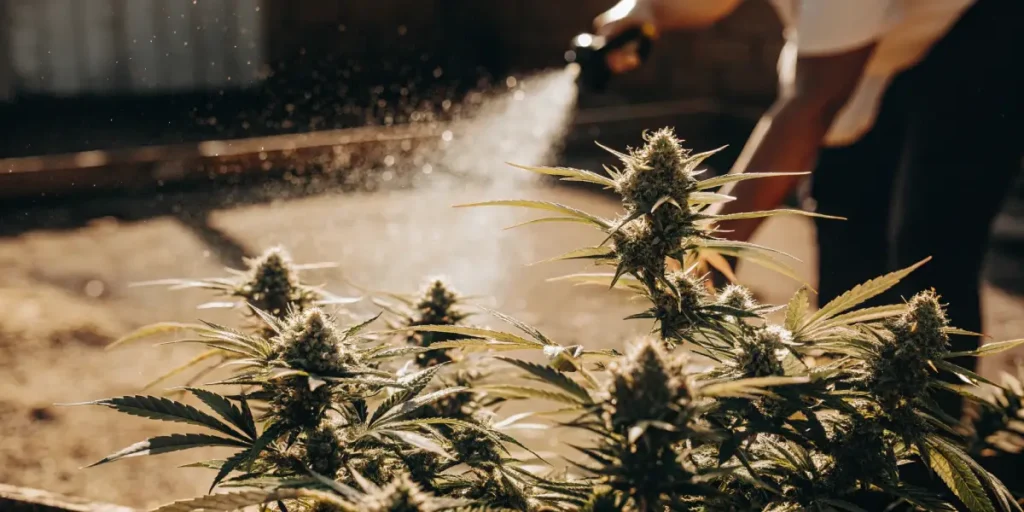
Overfertilization and Its Effects on Yield
Applying too much fertilizer can harm plants by causing nutrient lockout, where roots are unable to absorb nutrients. Signs of overfertilization include burnt leaf tips, discolored foliage, and stunted growth. Overfeeding can also disrupt soil microbiology, affecting long-term fertility.
Ignoring pH Levels in Soil and Water
The pH level of your soil and water affects nutrient availability. A pH range of 6.0-7.0 is ideal for cannabis plants during the bloom phase. Deviations outside this range can result in nutrient lockout, where essential elements become inaccessible to the plant.
FAQs About Fertilizers for Outdoor Bloom Phase
What nutrients are most important during the bloom phase?
Phosphorus and potassium are the most important nutrients for the bloom phase, as they support flower development, resin production, and overall plant health.
Can I use the same fertilizer for veg and bloom phases?
While some fertilizers are designed for both phases, bloom-specific fertilizers provide the precise nutrient ratios needed for flowering, resulting in better yields and quality.
How often should I fertilize during bloom?
Fertilize every 1-2 weeks during the bloom phase. Adjust the frequency based on plant response and environmental conditions to avoid overfeeding or deficiencies.
Are organic bloom fertilizers better than synthetic ones?
Both organic and synthetic fertilizers have their advantages. Organic fertilizers improve soil health over time, while synthetic options offer immediate results. Choose based on your growing goals and preferences.


